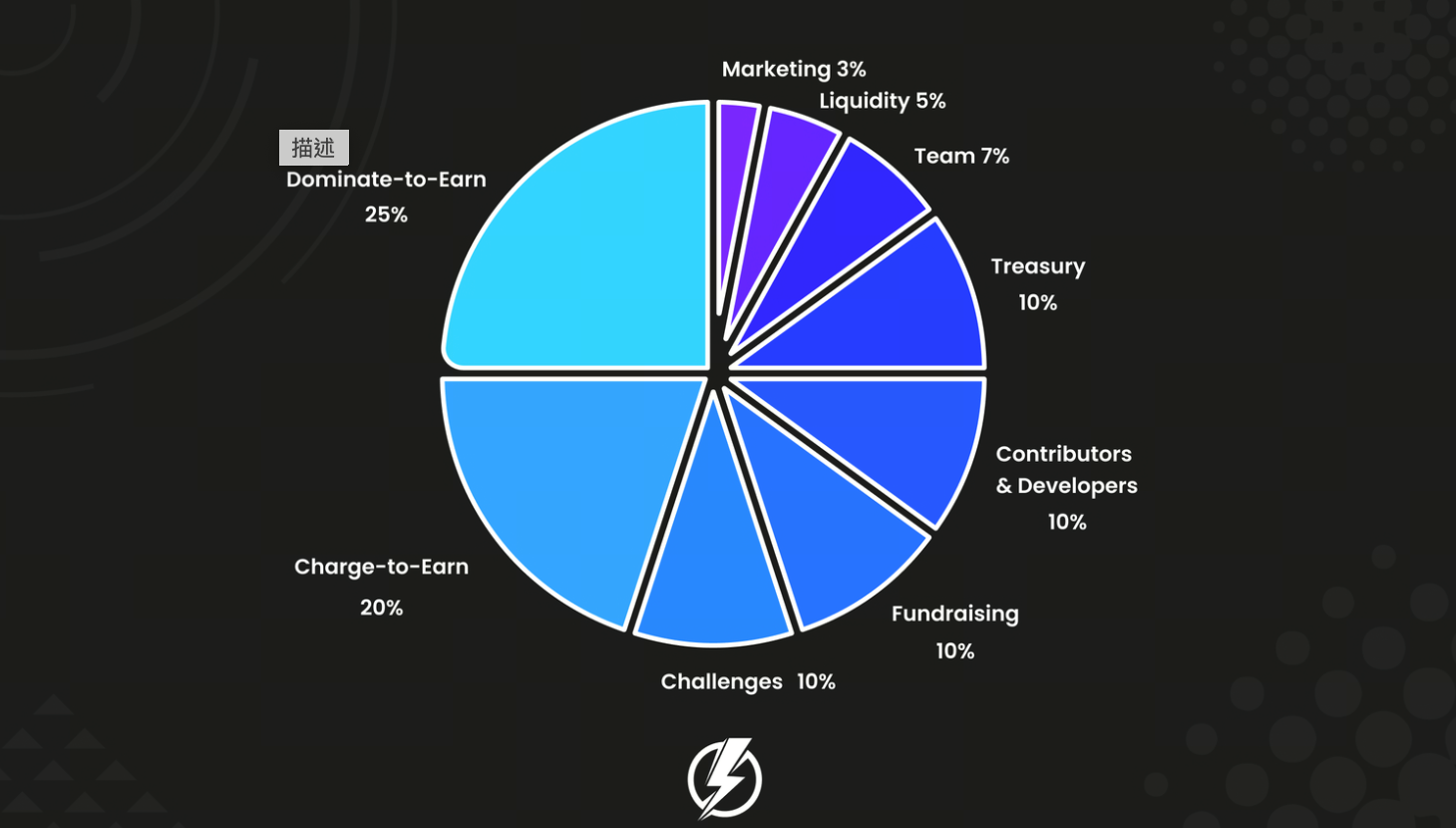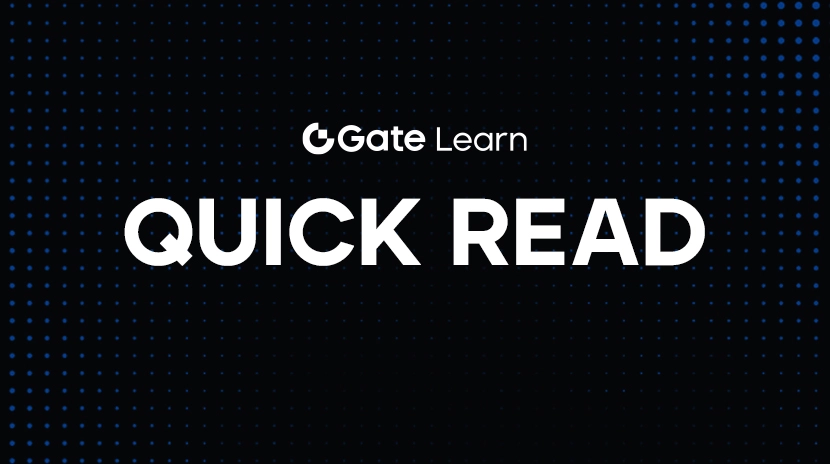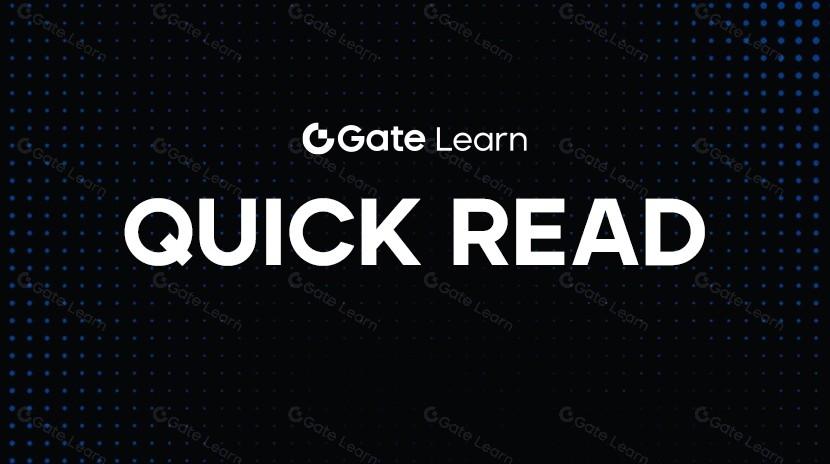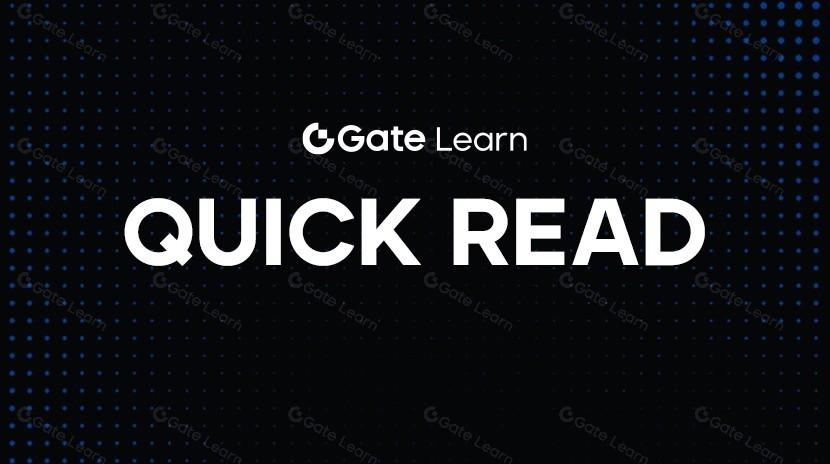Piggycell : redéfinir les réseaux énergétiques par la décentralisation
La philosophie de la restructuration énergétique de Piggycell

(Source : piggycell)
Les marchés de l’énergie traditionnels sont dominés par de grandes entreprises électriques, tandis que les particuliers n’y participent qu’en tant que consommateurs finaux. Piggycell entend bouleverser cette structure en transformant l’infrastructure énergétique en actifs numériques partageables, possédables et vérifiables. Plutôt que de remplacer le réseau existant, Piggycell vise à bâtir une économie énergétique décentralisée, reposant sur des nœuds, des tokens et des smart contracts, grâce à la collaboration communautaire.
Chaque appareil Piggycell—qu’il s’agisse d’une batterie portable, d’une station de recharge partagée ou d’un point de charge pour trottinette électrique—agit comme un nœud on-chain. Ces nœuds s’appuient sur la blockchain pour enregistrer les activités et attribuer les récompenses, transformant le flux d’énergie d’une simple consommation en un processus productif.
Quatre principes fondamentaux de conception
Le cadre technique de Piggycell repose sur quatre principes essentiels :
- Décentralisation : chacun peut fournir ou posséder un nœud, supprimant toute dépendance à l’autorisation des entreprises traditionnelles.
- Programmabilité : les smart contracts règlent automatiquement les coûts et les récompenses pour chaque opération de recharge.
- Transparence : l’ensemble des flux d’énergie et des revenus est entièrement traçable on-chain.
- Alignement des incitations : utilisateurs, commerçants et détenteurs de nœuds reçoivent des récompenses via le système économique basé sur les tokens.
Cette conception fait de Piggycell un prototype de réseau de partage d’énergie, faisant évoluer le modèle centralisé traditionnel vers un marché fondé sur la participation multipartite et la collaboration ouverte.
Protocole énergétique basé sur Web3
Piggycell associe la technologie Web3 à l’infrastructure énergétique physique, ce qui permet de représenter et de tokeniser les micro-actifs énergétiques on-chain. Grâce au règlement automatisé via smart contracts, à des opérations sans confiance et à des données auditables, Piggycell redéfinit l’énergie en tant qu’actif de données.
Les principales caractéristiques sont :
- Tokenisation des appareils : batteries portables, chargeurs muraux et stations de recharge pour vélos deviennent des actifs on-chain.
- Mécanismes d’incitation : l’activité des utilisateurs, la fiabilité des appareils et les relations de parrainage génèrent des récompenses en tokens.
- Règlement automatisé : les smart contracts gèrent tous les revenus et paiements, réduisant les besoins de confiance.
Piggycell occupe ainsi dans l’énergie la place qu’Helium détient dans le réseau sans fil ou Filecoin dans le stockage décentralisé.
Architecture multi-couche
Pour répondre à la diversité des cas d’usage, Piggycell adopte une architecture en cinq couches :
- Couche d’intégration Layer 1/2 : compatible avec les frameworks multi-chaînes (BNB Chain, Solana, Internet Computer) pour l’interopérabilité cross-chain ;
- Couche d’appareils modulaires : intégration du matériel tiers via API ou firmware ;
- Couche de données : données d’utilisation énergétique on-chain en temps réel, avec analyse par IA ;
- Couche de tokens : $PIGGY motorise les paiements, les récompenses et la gouvernance ;
- Couche utilisateur : applications et NFT numérisent les appareils physiques et proposent des expériences gamifiées.
Cette architecture permet à Piggycell de s’adapter avec flexibilité aux spécificités régionales et aux exigences locales, facilitant la mise en place d’infrastructures énergétiques on-chain adaptées.
$PIGGY : le moteur central de l’économie énergétique
Le token natif de Piggycell, $PIGGY, constitue le socle du transfert de valeur et de la gouvernance de l’écosystème. Bien loin d’être un actif purement spéculatif, $PIGGY est directement corrélé à l’activité énergétique réelle.
Les principaux cas d’usage sont :
- Paiement à l’usage pour la recharge
- Récompenses de nœud
- Gouvernance & staking
- Incitations gamifiées
Chaque transaction de recharge, activation d’appareil et même chaque kilowattheure consommé déclenche la distribution et la circulation de $PIGGY.
Modèle de tokenomics
$PIGGY dispose d’une offre totale de 100 millions de tokens, avec une distribution axée sur l’engagement communautaire et la durabilité à long terme :
- Dominate-to-Earn : 25 %
- Charge-to-Earn : 20 %
- Récompenses de challenges & tâches : 10 %
- Levée de fonds & investisseurs stratégiques : 10 %
- Développeurs & contributeurs : 10 %
- Réserve de trésorerie : 10 %
- Équipe principale : 7 %
- Liquidité : 5 %
- Marketing & promotion : 3 %

(Source : piggycell.gitbook)
Cette répartition équilibre les incitations communautaires et la viabilité du protocole, limitant les risques d’instabilité liés à la spéculation à court terme.
Nœuds NFT et cartographie des actifs réels
Piggycell associe chaque appareil énergétique physique à un NFT, offrant à son détenteur des droits on-chain sur les revenus et les données. Cette approche renforce la transparence et la traçabilité, tout en conférant pour la première fois à l’infrastructure énergétique des propriétés d’actif numérique. Les nœuds NFT sont transférables, divisibles et peuvent être intégrés à des applications DeFi, GameFi ou ESG, ouvrant la voie à un nouveau paradigme de tokenisation des actifs réels.
Pour en savoir plus sur le Web3, cliquez ici pour vous inscrire : https://www.gate.com/
Conclusion
Piggycell incarne non seulement une avancée technologique, mais aussi un véritable changement de paradigme dans le secteur de l’énergie. Il transforme l’électricité, d’une ressource passive, en un actif numérique partageable, donnant aux individus le pouvoir de passer de simples consommateurs à acteurs et gouverneurs actifs de l’écosystème énergétique. À l’image de la DeFi qui a réinventé la finance, Piggycell façonne un avenir énergétique décentralisé, bâti collectivement par les individus, les nœuds et les smart contracts.
Articles Connexes

Pi Network (PI) au taux de change du franc CFA d'Afrique de l'Ouest (XOF) : Valeur actuelle et guide de conversion

Comment vendre la pièce PI : Guide du débutant

Valeur de Pi Crypto : Lancement sur Mainnet le 20 février 2025 & Prédictions de prix futures

Qu'est-ce que FAFO : jeton MEME dérivé de la plateforme sociale de Trump

Est-ce que XRP est un bon investissement? Un guide complet sur son potentiel
